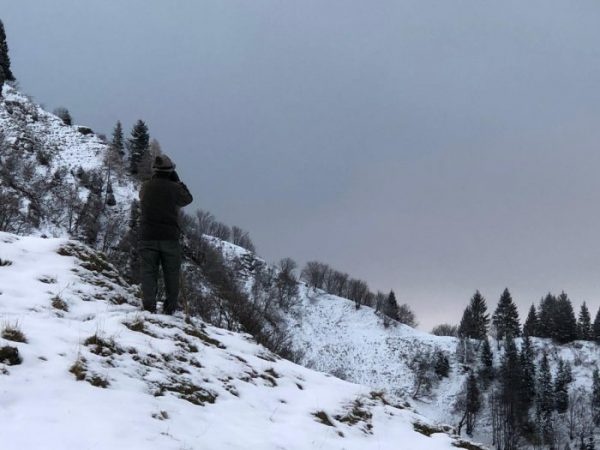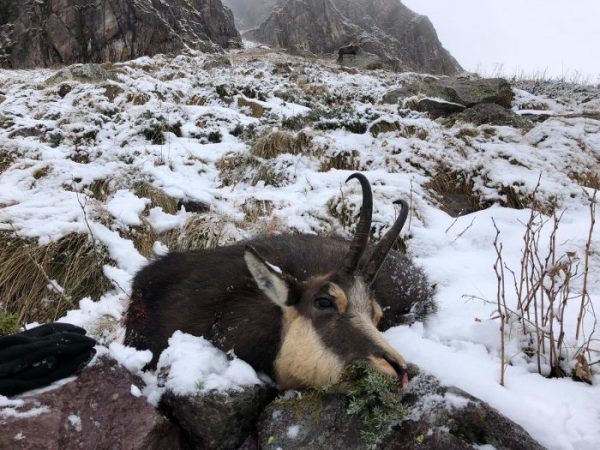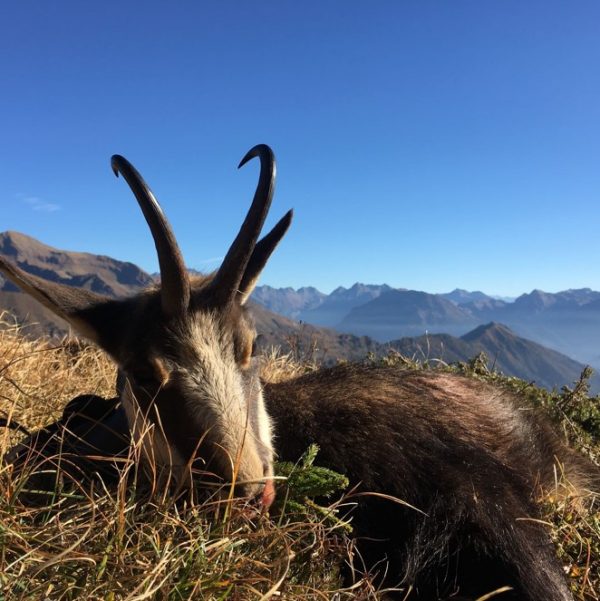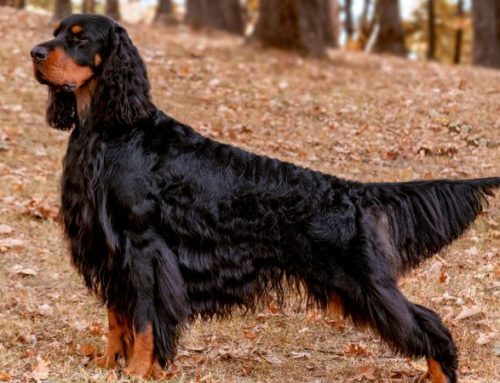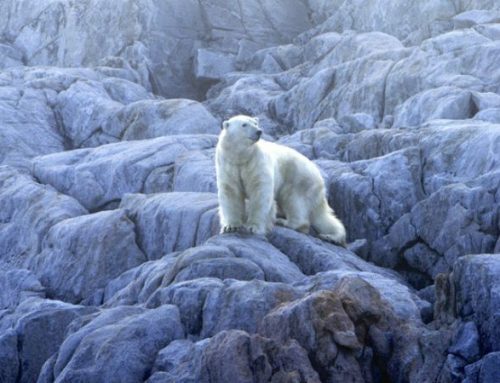Alpine chamois hunting in Italy up on the Piedmontese Alps
The first light of dawn paints the limestone cliffs in hues of amber and rose. A thin veil of mist rises from the valley below, curling through the larches like whispered secrets. You take a deep breath. The cold air stings your lungs, but it’s pure alpine, untouched.
There’s a silence up here that doesn’t exist anywhere else. Not absence of sound, but the kind that sharpens your senses. You hear the crunch of your boots on frostbitten soil, the distant call of a chough gliding overhead, the slow rhythm of your own heartbeat. Then, a pause. A movement across the ridge. The unmistakable silhouette of a chamois, motionless yet alert, blending perfectly into its kingdom of stone and sky.
In that moment, nothing else matters.
Hunting in the Italian Alps is not just a sporting pursuit — it’s a return to the primal. To the rhythm of nature, the challenge of the climb, the raw beauty of the hunt. Each outing is a story. A memory etched not only in photographs but in the senses: the scent of cold pine, the texture of worn leather gloves, the taste of wind on your lips.
This is not a brochure. It’s an invitation.
To enter a world where tradition meets wilderness, and where every ridge you climb brings you closer not just to your prey — but to something deeper. A stillness. A focus. A reverence.
With Montefeltro, you’re not just hunting. You’re stepping into a legacy written in the mountains.
Hunting in the Alps: Val Maira

Under the watchful eye of Monviso, one of the most famous italian mountain, the towering sentinel of the Cottian Alps, lies the enchanting realm of Val Maira. This stunning valley is a hidden gem, where the beauty of nature unfolds in myriad forms. Here, amidst verdant slopes and rocky outcrops, the agile chamois roam freely, embodying the untamed spirit of the high mountains.
Val Maira is an extraordinary expanse, teeming with a rich variety of alpine wildlife. The air is alive with the calls of nature, where the haunting roar of deer reverberates through the lower valleys, creating a symphony that echoes against the mountainsides. Higher up, in the rugged terrain, chamois play their timeless game of chase, their nimble movements a testament to their dominion over this wild landscape.
For the hunter, chamois hunting in Italy is a journey of profound contrasts. It is an experience where physical exertion meets the deep-seated thrill of the chase. The hunter’s soul is a canvas painted with the sweat of effort, the sharp edge of commitment, and the vibrant hues of emotion and passion. Every step taken on the steep paths is a testament to dedication, each ascent a labor of love.
As the day draws to a close and the sun begins its descent, the realization dawns that the true reward lies not just in the hunt, but in the journey itself. The panoramic vistas, with their breathtaking beauty, offer a sense of fulfillment that transcends the physical. The peaks and valleys, bathed in the golden glow of dusk, speak to the heart in a language only the mountains can convey.
We invite you to join us in this magnificent adventure, to hunt chamois in a setting that is both fascinating and profoundly evocative. Val Maira is more than just a hunting destination; it is a place where nature’s grandeur and the thrill of the hunt converge, creating an experience that lingers long after the journey ends.

Hunters chasing chamois with Sako rifles
The day of the hunt
The alarm clock rings early on hunting days, signaling the start of an adventure before the break of dawn. As the first light of day pierces the darkness, we set off in four-wheeled vehicles, navigating the rugged terrain as far as they can take us. The rest of the journey is on foot, climbing the steep paths in search of the elusive “Rupicapra,” or chamois, in its natural habitat.
Preparation is key for such an expedition. Stiff-soled boots are a must, providing the necessary support and grip on the rocky paths. Gaiters help keep out debris, and a sturdy hiking stick becomes an invaluable companion, offering balance and support on the uneven terrain. Clothing should be layered in the “onion” style, especially during the early hunting season, allowing for adjustments as temperatures fluctuate throughout the day.
The landscape unfolds in a breathtaking panorama of open valleys and majestic peaks. Here, it is not uncommon to secure excellent trophies, whether male or female chamois. For those less focused on trophies, yearlings are also abundant, offering a different kind of challenge and satisfaction.
Equipped with rifles featuring good optics, preferably with turrets or ballistic reticles, and grazing calibers ranging from 6.5mm to 30mm, hunters are well-prepared for the precision required in alpine hunting. Each step taken in pursuit of the chamois is imbued with the thrill of the hunt and the promise of a rewarding experience.
After the day’s adventure in the Alps, we make our way back to the hunting lodge, a sanctuary of comfort nestled in Val Maira. This extraordinary accommodation exudes an ancient charm, with characteristic rooms and caves carved into the mountain itself. Here, the hunter is welcomed with the soothing vapors of a spa and the delightful cuisine of the lodge’s restaurant.
The lodge offers every comfort a hunter could desire after a strenuous day on the mountain. There is nothing better than unwinding in a sauna or jacuzzi, perhaps with a good glass of local wine in hand, to ease the muscles and recount the day’s exploits.
Chamois hunting in Italy in the Piedmontese Alps is one of the most beautiful and exhilarating experiences a hunter can undertake. The pristine nature of this region, with its rugged beauty and serene landscapes, provides the perfect backdrop for such a thrilling pursuit. Here, in Val Maira, nature reveals its best, making it an ideal setting for a chamois hunting adventure that leaves a lasting impression on all who partake.
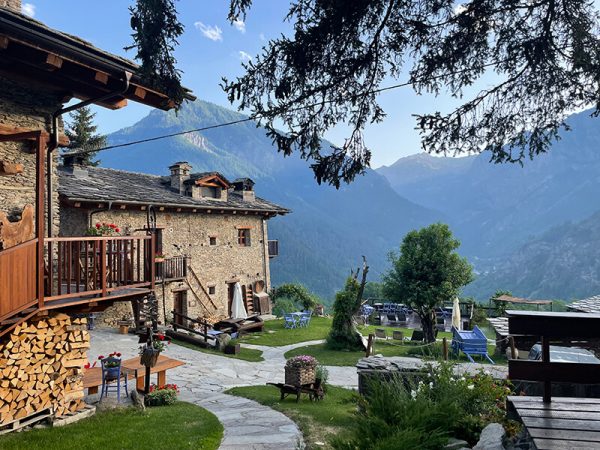
Our hunting lodge in Val Maira full of every comfort
Habitat of the Alpine Chamois
The Alpine Chamois is a mountain goat that is found in the Alps and other mountain ranges in Europe. It is a well-adapted animal that is able to thrive in a variety of habitats, from high alpine meadows to lower-lying forests.
Summer Habitat
In the summer, they are found at high altitudes, typically between 1,000 and 2,800 meters (3,300 and 9,200 feet). They prefer open meadows with abundant grasses and herbs. These meadows provide them with plenty of food and shelter from predators.
Winter Habitat
In the winter, Alpine Chamois descend to lower altitudes, typically between 800 and 1,500 meters (2,600 and 4,900 feet). They prefer forests with dense undergrowth, which provides them with protection from the cold and snow.
Habitat Selection
They are selective in their habitat selection. They are particularly drawn to areas with the following characteristics:
- Abundant food: Alpine Chamois are herbivores and their diet consists primarily of grasses, herbs, and leaves. They prefer areas with a variety of plant species to provide them with a balanced diet.
- Secure escape routes: chamois are preyed upon by wolves, bears, and other predators. They prefer areas with rocky outcrops or other terrain that can be used as escape routes.
- Optimal exposure: this goat prefer slopes that receive plenty of sunlight. This helps to keep them warm in the winter and dry in the summer.
The Chamois are versatile animals that are able to thrive in a variety of habitats. Their habitat selection is influenced by a number of factors, including food availability, predator pressure, and climatic conditions.
Hunting Considerations
When hunting chamois, a deep understanding of their habitat preferences is essential to increase the likelihood of a successful hunt. These agile and elusive creatures are masters of their mountainous domain, and their behavior is closely tied to the changing seasons and the diverse landscapes of the Alps.
In the verdant warmth of italian summer, chamois are drawn to the open meadows that stretch across the high altitudes. Here, among the alpine flora, they graze on the abundant vegetation, their sharp eyes ever watchful for predators. These open spaces offer them the dual advantage of plentiful food and a clear line of sight to detect approaching threats. The high mountain meadows, with their breathtaking vistas and crisp air, become the stage where hunters must carefully plan their approach, using the natural cover of rocks and sparse trees to get within range.
As the seasons shift and the first hints of winter begin to touch the peaks, the chamois gradually descend to lower altitudes. The dense undergrowth of the forests provides them with the shelter they need to survive the harsher conditions. Here, in the shadowy depths of the forest, the chamois find both food and protection from the elements. The thick foliage and rugged terrain offer them a sanctuary where they can navigate with ease, while hunters must contend with the challenges of limited visibility and difficult footing.
Understanding these seasonal migrations and habitat preferences is key to becoming an adept chamois hunter. In the summer months, scanning the high alpine meadows with binoculars can reveal the presence of these graceful animals as they move in small groups or solitary pairs. The challenge lies in the stealthy ascent, often requiring a pre-dawn start to position oneself advantageously before the chamois begin their morning forage.
In winter, the hunt takes on a different character. Tracking the chamois through the forested lower slopes demands patience and a keen eye for signs such as tracks in the snow or broken branches. The dense underbrush and the quiet of the winter woods require a different kind of strategy, one that blends silence with the ability to move quickly and surely over difficult ground.
By immersing oneself in the rhythms of the chamois and the landscape they inhabit, hunters can greatly enhance their chances of success. This knowledge, combined with the physical and mental preparation for the rigors of alpine hunting in Itaaly, creates a deeply rewarding experience. Each hunt becomes not just a pursuit of game, but a journey into the heart of the mountains, where every step and every sighting is a testament to the intricate dance of nature and the timeless challenge of the hunt.
The Silent Allure of the Chamois Trophy
Those who have had the luck – and the honour – to harvest a fine Alpine chamois buck know that this trophy, seemingly modest, holds a value far beyond its actual measurements.
The black, backward-curving horns, slender yet sharp as ebony blades, silently tell a story: age, seasons spent on rugged cliffs, escapes from predators, battles for dominance. Each ring, each arc is a small biography written in stone and wind.
Typically, a mature buck features:
- horns measuring between 24 and 28 cm in length
- a harmonious, well-proportioned curve
- dark, tapered tips set elegantly apart
In the most remote alpine areas – such as the Occitan Valleys of Piedmont, the Carnic Alps in Friuli, or the high altitudes above Bormio – trophies can exceed 30 cm, though luck and effort both play their part there.
And this is exactly the magic of chamois hunting: the trophy is earned with your legs, with your breath, and with your patience. It’s not a hunt for those who love comfort. It’s a vertical pilgrimage, often in solitude, where the real reward isn’t just the animal—but everything it took to reach him.
For some, it’s the culmination of a lifetime in the field. For others, a once-in-a-lifetime dream. In both cases, that small dark trophy hanging in your study, next to a topographic map of the valley, will always be the memory of a summit conquered.
What the hunters said
“An unforgettable experience! I’ve never seen landscapes like these. Perfect organization, skilled guides, and the satisfaction of a clean shot after a one-hour stalk through the rocks. I’ll be back.”
— Mark J., Texas, USA
“I had dreamed for years of hunting an Italian chamois. With Montefeltro, everything was flawless — from the warm welcome to the logistics and the deep respect for nature. A special thanks to my guide, Luca.”
— Jens K., Bavaria, Germany
“A 230-meter shot, a mature male chamois in the wind — a beautiful technical challenge. Unforgettable. A rewarding and educational experience.”
— Pierre L., Lyon, France
FAQ – Hunting Chamois in Italy
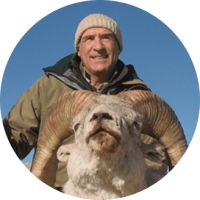
Montefeltro Staff, Luca Bogarelli
“Luca Bogarelli loves hunting and nature, experiencing both in a comprehensive manner. Adding to this, his passion for travel has led him over the years to explore places, people, and unique wildlife around the world.
A self-described ‘traveler with a rifle’, Luca has gathered hunting experiences across nearly the entire African continent, as well as in Asia, America, and Europe, in all the countries of hunting interest.”


